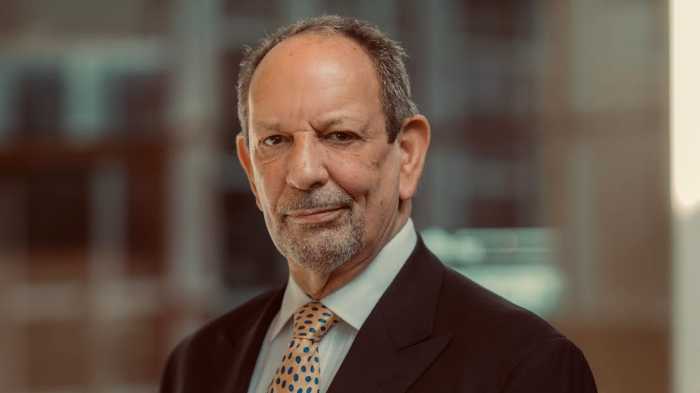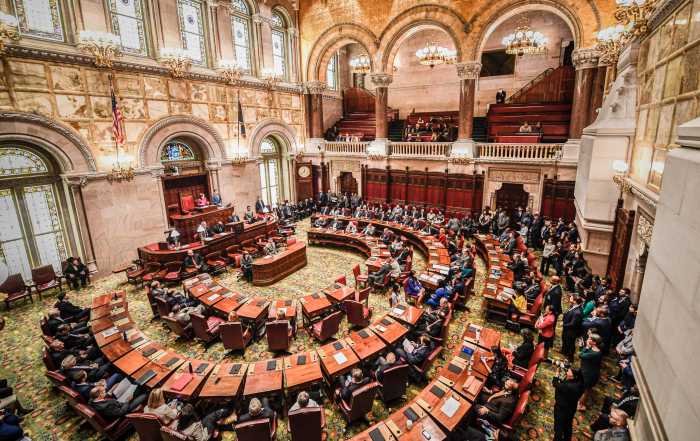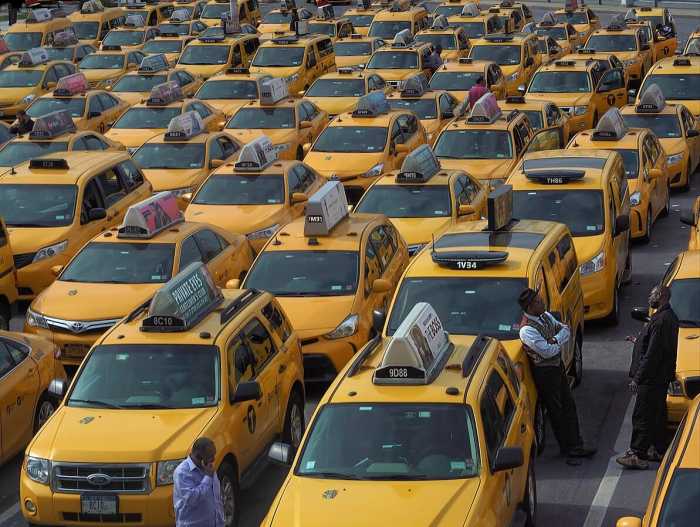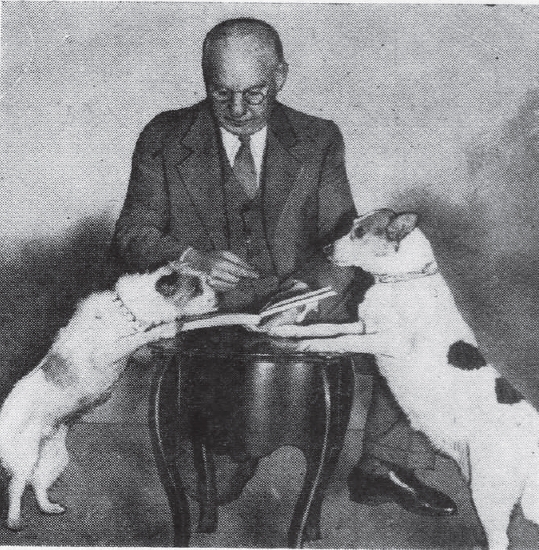A contested primary characterized by insurgent candidates, a brutal presidential campaign and the election of Donald Trump have launched scores of newfound activists. The Women’s March over the weekend was a potent example of that potential political wakening, attracting more than two million participants around the country.
As the demonstrators return to their normal lives, can they keep it up?
One effort to harness that energy toward progressive causes is Swing Left, which launched last Thursday. Its website helps connect those interested in volunteering for or donating to Democratic 2018 congressional campaigns in their nearest “swing district.”
While the Senate map in 2018 is stacked against Democrats, the site argues, the House is potentially up for grabs given low turnout in mid-term elections and the general lack of attention (and money) devoted to House races.
According to the site’s estimates, 52 of the House’s 435 seats are “competitive.” If Democrats win 80 percent of those, they will take back the House, restoring divided government in the same way that the Tea Party stymied President Barack Obama and his agenda in 2010. Roadblock in place.
Sound easy?
It’s a tempting proposal for liberals and progressives living in places like New York City whose own congressional representation is uniformly blue other than, unsurprisingly and unshakeably for now, Rep. Dan Donovan who represents Staten Island and some parts of Brooklyn.
For those living in Brooklyn, Queens and the Bronx, the website suggests focusing on New York’s 3rd Congressional District, which covers a small part of Queens and the North Shore of Long Island (Manhattan and Staten Island residents are sent across state lines to different New Jersey districts).
Democrat Tom Suozzi won that seat in November in a close race to replace Steve Israel, a Democrat who retired after 16 years in office.
The site, founded by three professionals in marketing, education, and brand strategy, prioritizes races won or lost by 15 percent in 2016, but doesn’t appear to take party registration data or district history into account. If it did, it might be directing volunteers to the nearby 2nd Congressional District, where Democrats could stage an upset.
That district is home to long-serving Republican Rep. Peter King, who won in 2016 with a margin just over the site’s 15 percent threshold. Should he retire, that district would be highly contested. Flipping a long-time Republican seat in a district whose party registration is nearly evenly split would be a huge win. In the Third Congressional District, on the other hand, Democrats already hold a far larger registration advantage.
The site has other peculiarities. If you search for opportunities to get involved from Washington State, for example, the site says your nearest swing district is hundreds of miles away in Nevada. That may be so if all energy is focused on the 52 districts strictly chosen by the group, but perhaps there’s a less competitive but still important district closer by that someone would actually work in, rather than throwing up their hands at the far trip or long distance calls — harder to put in that work than share a status on Facebook.
On Long Island, a receptionist at Suozzi’s district office said there hadn’t been a surge in volunteers from Swing Left yet. Michelle Finocchi, a Swing Left representative, wrote in an email that the group has not yet been in touch with the Democratic candidates they hope to help, as they have been “focused on building a supporter network.” Finocchi says the group is self-funded.
Swing Left is one of various tech-powered attempts to rejigger politics and unleash the potential of voters everywhere: like Flippable or Knock Every Door, which hopes to identify canvassers around the country to help gain info and organize against Trump.
Other progressive groups, such as Brand New Congress, organized by veterans of Sen. Bernie Sanders’ campaign, have ambitious agendas. For Brand New Congress, the goal is to upend every single district, not just the red ones. That’s a tall order, if intriguing.
The possibilities of technology embraced by politicians from Howard Dean to President Barack Obama to Sanders to Trump gives these new attempts promise. Over the next few years, they’ll have to weather waning interest from the recently radicalized when the adrenaline of marches fade and other organizations compete for interest. Plus, they’ll be up against the resources of incumbents and complexities of the current system — and all the other mounted barriers to swing.







































